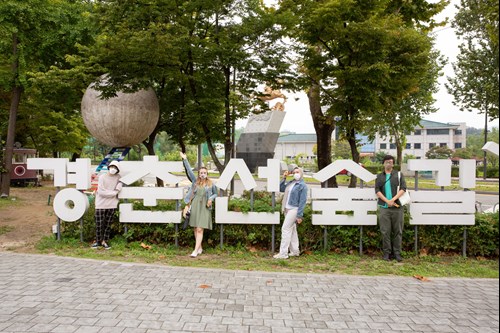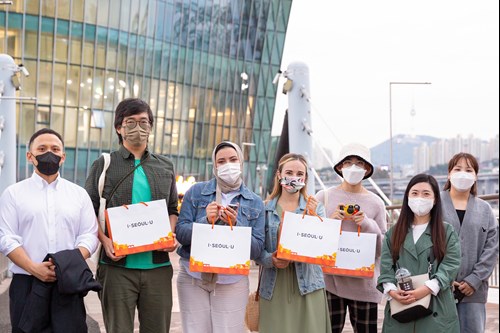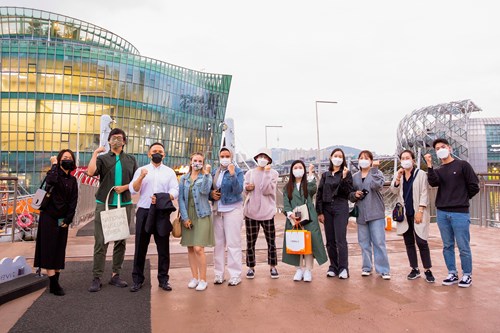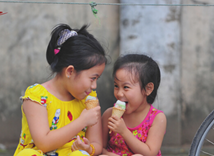On 15th October 2021, STO (Seoul Tourism Organization) invited twelve people: foreigners living in Korea and some tour officials, including guides and facilitators, to join Phoenix Voyages for a “Fam Trip” to visit the sites of the new destinations in Seoul, created by Phoenix Voyages that won them the “Sustainable Seoul Tourism Program contest” organized by STO.

This carefully designed 3-day, 2-night program in Seoul is based on community, nature and history, with the idea of combining some visits to neglected tourist areas, cooperating with the socially disadvantaged people and engaging in an environmentally friendly tour.

During the Fam Trip, which was conducted in one day, Phoenix Voyages was able to show some carefully selected sites:
✓ Gyeongchun Supgil: An old disused district railway that has been completely redeveloped into a walking area.
✓ Gongneung-dong Goblin Market: This was originally a traditional goblin market where people gathered on the railroad to sell their products. It is fast becoming a landmark in the eastern region.
✓ National Museum of Korea: A South Korean treasure located in Seobinggo-dong, Yongsan-gu, Seoul.
✓ "I got everything": A cafe opened by the Korea Development Institute for the Disabled in public institutions and private companies in the country to create jobs for people with disabilities.
✓ Jamsu Bridge: A bridge designed to be submerged in water during the rainy season.
✓ Sevit Seom Island: A cultural space created as a unique landmark for culture on the Han River in central Seoul.
Before the tour, Phoenix Voyages prepared several gifts and surprises related to sustainable tourism for the visitors. The gifts prepared were not only souvenirs from the National Museum of Korea, but also a travel health kit, including disinfectant, a cotton mask with an interchangeable filter, and a reusable cotton handkerchief, to combat the Covid-19 epidemic.
Finally, even though all the tourist sites visited were new or unfamiliar, training was provided and the purpose of the sustainable tourism concept was well explained.








